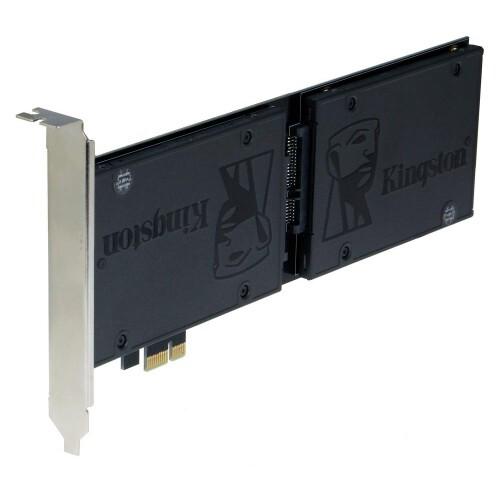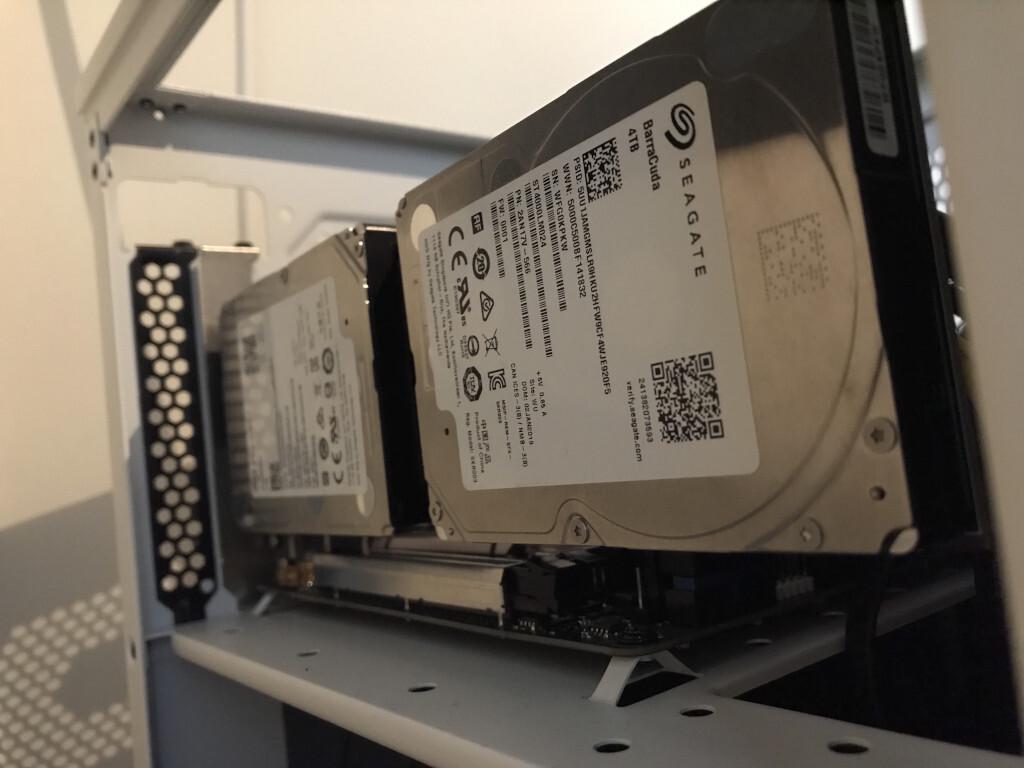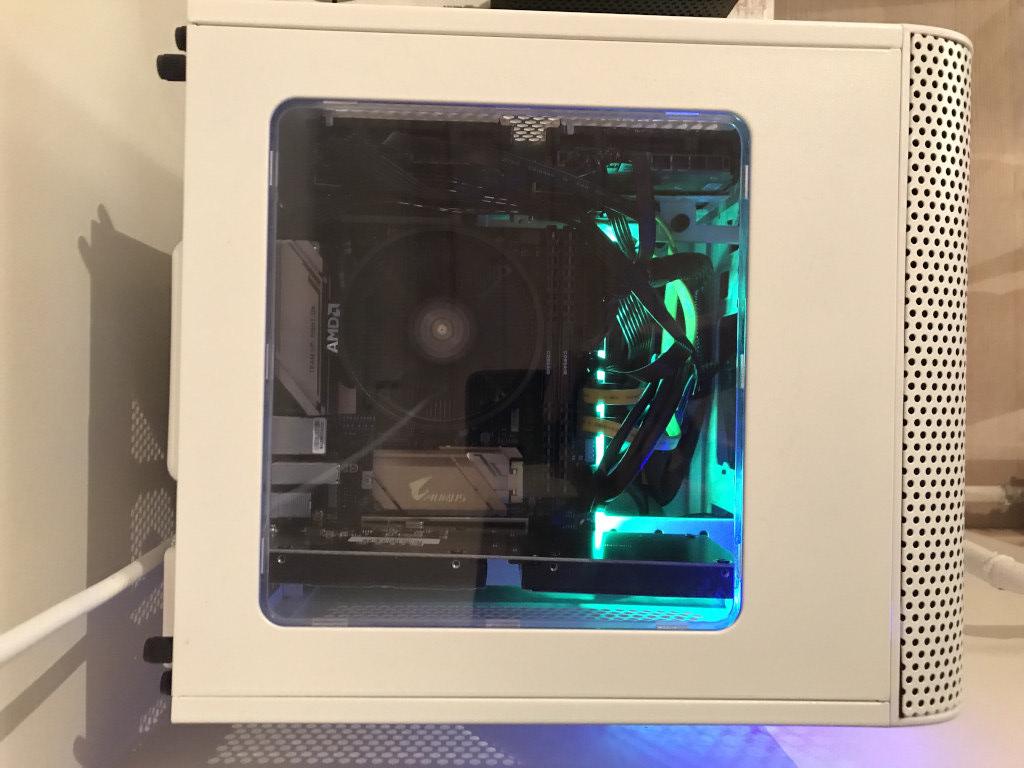What running out of SATA ports looks like
One day I stumbled upon a Craft Computing video about his new server build, and on the parts list was a Sedna PCI Express 2x SATA adapter card:

There are different designs out there, including a 4x SATA card, which is bonkers.
Anyway, I thought that I might as well give this a shot, since I have two 4TB 2.5" 15mm Seagate hard drives running, with one of them being in the process of accumulating bad sectors.


The installation procedure itself is simple, just take your drives, screw them in and plug this into a PCIe slot.




So, how well does it work?
Quite well, actually.
The PCIe 2.0 x1 link does mean that your speeds will be capped at around 500MB/s, but with current hard drives you are unlikely to reach this limit. SSD-s, on the other hand, will be bottlenecked in sequential read/write workloads.
lspci -nnk output:
01:00.0 SATA controller [0106]: ASMedia Technology Inc. ASM1062 Serial ATA Controller [1b21:0612] (rev 01)
Subsystem: ASMedia Technology Inc. Device [1b21:1060]
Kernel driver in use: ahci
Kernel modules: ahci
The drives are individually addressable and show up as normal drives (like /dev/sda).
S.M.A.R.T info is functional and readable.
This adapter has been running in my system for over half a week now and so far there haven’t been any stability issues whatsoever.
Should I get this?
This adapter is a good fit for the following use cases:
- there are no more HDD/SSD drive mounts in your system left and you do not want to use double-sided tape as one
- you have run out of SATA ports and don’t mind using up a PCIe slot
- you want to install additional SATA drives in your system, but also would prefer to keep the amount of cabling in your system at a minimum
- flexing on your friends with your fancy new 8/10 TB storage card
I would recommend looking into alternative solutions if your use case matches one of these:
- using this adapter with SSD-s on sequential read/write workloads that exceed 500+MB/s
- adding more than two SATA drives into your system (get a simple PCIe -> SATA adapter that only provides the data connectors instead)
Subscribe to new posts via the RSS feed.
Not sure what RSS is, or how to get started? Check this guide!
You can reach me via e-mail or LinkedIn.
If you liked this post, consider sharing it!